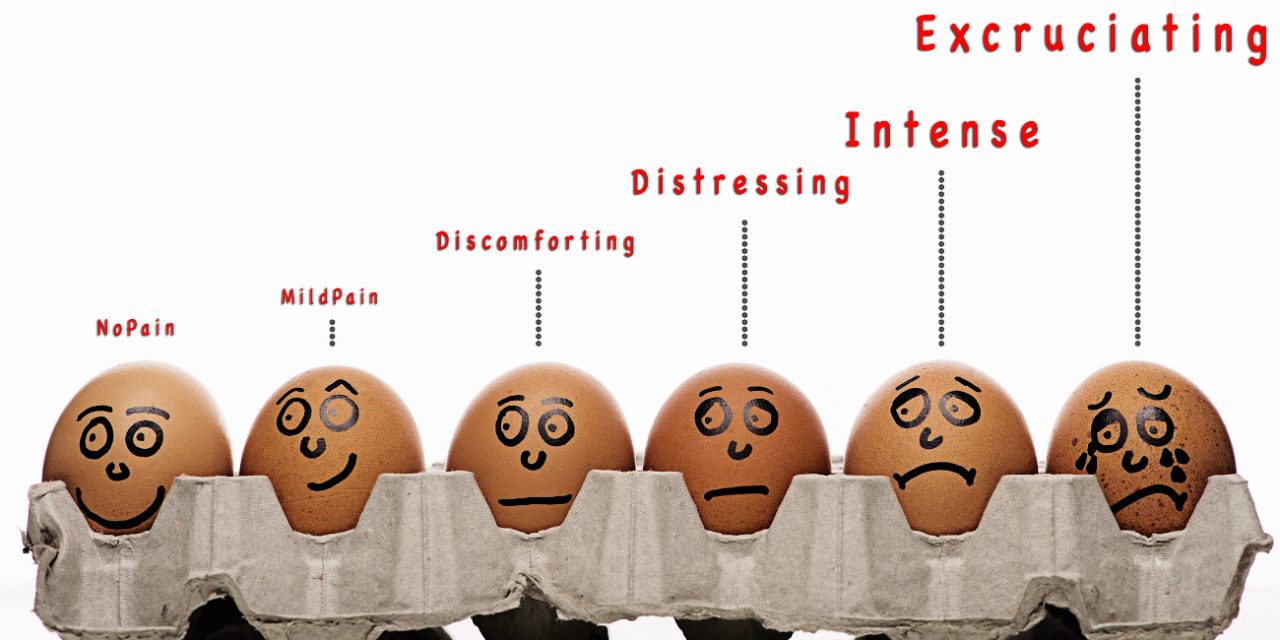By Susan Saldibar
“Pain is whatever the experiencing person says it is, existing whenever he says it does.” -Margo McCaffery, RN, a pioneer in the field of pain management
Maybe that’s why no two persons’ pain is the same. And it may also be why 45-85% of assisted living residents report experience chronic pain (Stein and Ferrell Research). And here’s another statistic that should disturb us all: 75% of patients with pain do not receive pain control and 45 to 80% of others receive inadequate pain control (Arneric SP, Laird JM, Chappell AS, Kennedy JD).
So, there’s plenty of pain to go around, but not much in the way of methods to control the pain. I know that the folks at Aegis Therapies (a Senior Living Foresight partner) have programs to help senior living communities work with residents to reduce or, better yet, alleviate pain. I asked them to explain what’s going on beneath all these statistics and how senior living providers can move those numbers down. As usual, they had some good insight.
First of all, here’s why it often goes undetected and/or untreated:
- Caregivers are not properly trained and are, therefore, unskilled at assessing or screening for pain.
- It may be difficult to determine what is causing the pain and whether pain medications are working.
- Residents with strong religious or cultural beliefs may be less likely to accept pain medication.
- Physicians are not always well versed in pain management and may be unable to conduct an adequate evaluation to determine the presence of pain.
- Staff turnover, team issues, inadequate interdepartmental communication, and insufficient commitment to pain management may result in a lack of pain management skills.
Do any of these ring true for you? As someone who was recently looking at senior care for my mom, knowing this is unsettling, to say the least. But Aegis has hope (and help) for senior living communities.
Here’s where senior living communities can do a better job of detecting and addressing pain:
- Look for nonverbal signs of pain (such as grimacing, guarding, rubbing, increase in behaviors, reduced attendance at activities, poor appetite/weight loss, etc.).
- Seek to identify the cause, type, and description of pain including severity, variability, and effect on functional tasks.
- Use available medical test results (such as X-rays, myelograms, discograms, EMGs, and nerve conduction tests).
- Keep on hand any information about previous treatments for pain and the effectiveness of those treatments.
- Look for signs of psychological effects of pain (such as hopelessness, depression, crying, agitation, sleeplessness, fatigue).
And, by the way, medications may not always be the best option, according to Aegis. So, before you reach for the Tylenol, they suggest that senior living professionals consider what physical therapists, occupational therapists, and speech and language pathologists have found to be a more lasting way to help residents get control over their pain.
- Physical Therapists: Use techniques as aquatic exercises, body mechanics training, therapeutic exercises, manual therapy, massage, tai chi, strengthening, and modalities including e-stim, ultrasound, diathermy, hot and cold packs, and infrared.
- Occupational Therapists: Use techniques such as ADL and IADL training, activity pacing, functional mobility training, transfer training, positioning, manual therapy, joint protection, energy conservation, work simplification, relaxation, strengthening, Pilates, tai chi, yoga, and modalities including e-stim, ultrasound, diathermy, hot and cold packs, and infrared.
- Speech and Language Pathologists: Work to improve communication so that the patient can convey when pain is present. SLP may also help the patient with cognitive aspects surrounding a medication self-administration program.
Since we’ve all experienced pain, this should really hit home for all of us. And there are questions that need to be asked. How do your caregivers know when your residents are experiencing pain? How do they treat it? Tylenol? Something stronger? While medications are often needed, what if you help a resident improve their health and strength to keep pain away in the first place? What if, by taking a few extra steps on the front end and embracing a more holistic, person-centered approach, you could help move those pain stats down a few notches?
For more information on therapies available for pain management and other challenges, please visit the Aegis Therapies website.







